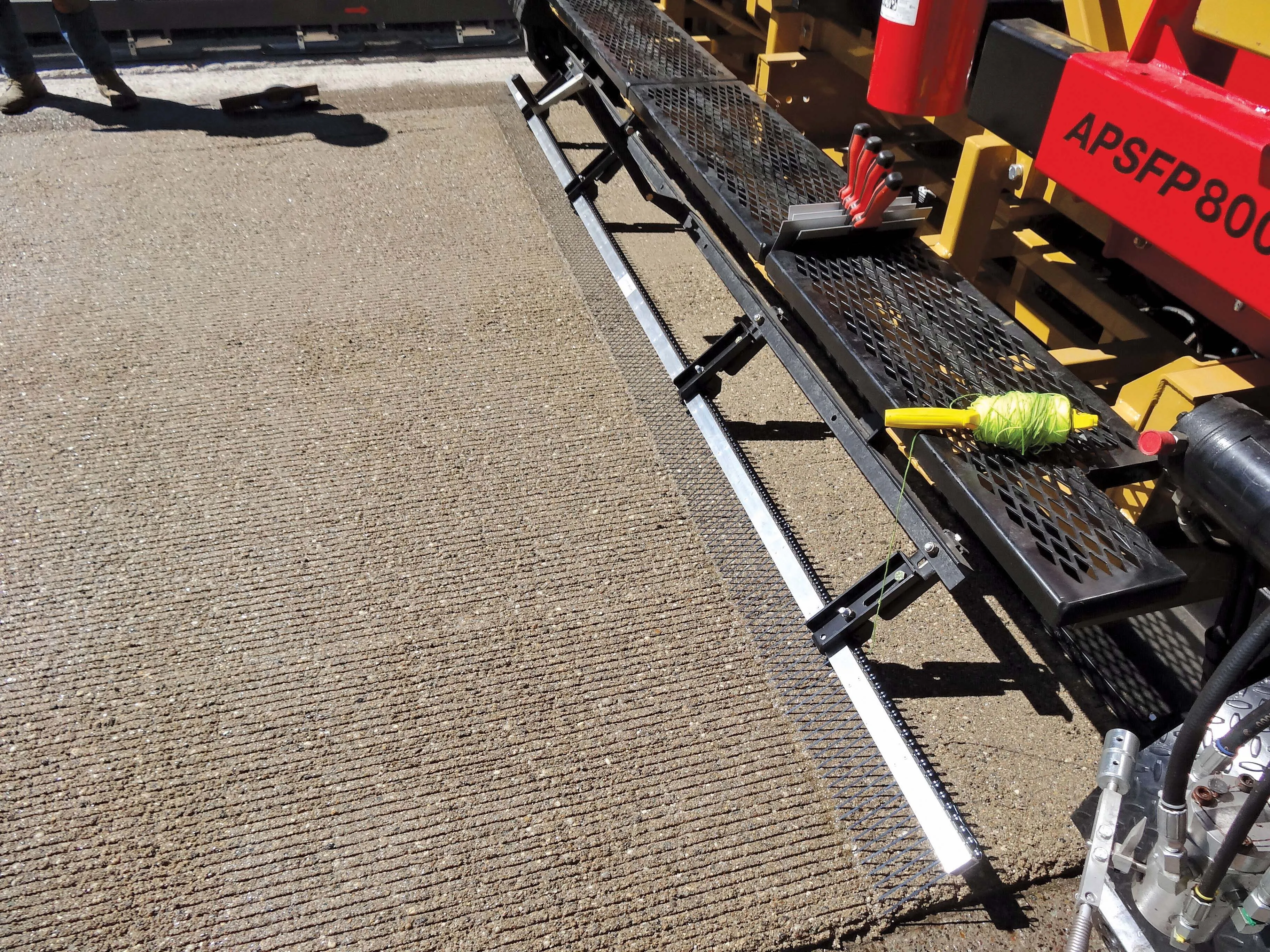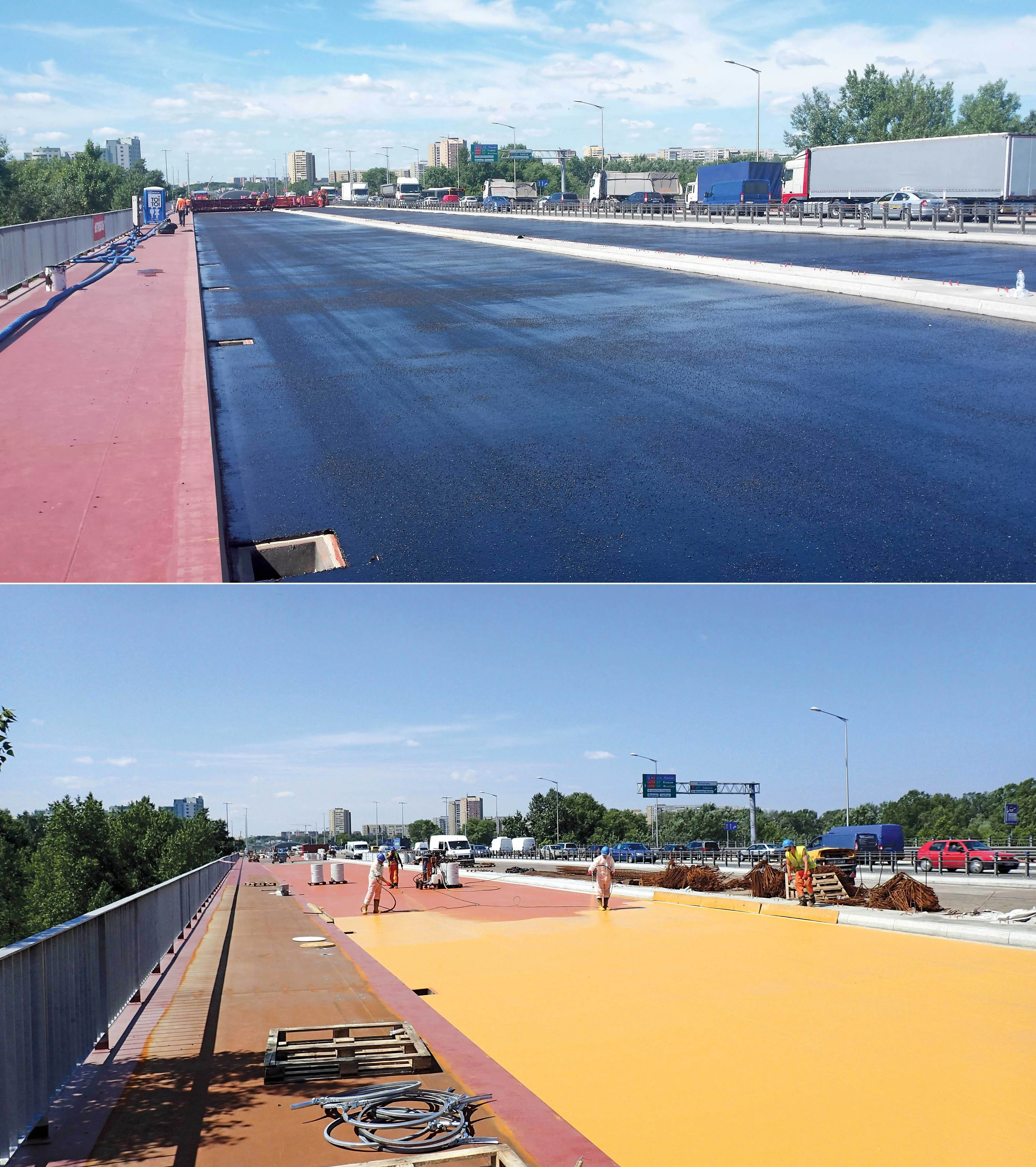More than 3,000 vehicles a day pass over the US-95 Bridge over Lake Creek near the Coeur D'Alene Tribal Casino in Worley, Idaho, USA. The original deck, built in 2007, was poured concrete with a micro-silica layer added for protection. A QTT weather station with FreezeFree anti-icing technology is mounted in the bridge rail. With big variances in temperature and a lot of wind in this region, the original deck material became thick causing a near 80m length of micro-silica to over-harden. Idaho DOT engineers
July 24, 2012
Read time: 2 mins

More than 3,000 vehicles a day pass over the US-95 Bridge over Lake Creek near the Coeur D'Alene Tribal Casino in Worley, Idaho, USA.
The original deck, built in 2007, was poured concrete with a micro-silica layer added for protection. A QTT weather station with FreezeFree anti-icing technology is mounted in the bridge rail.
With big variances in temperature and a lot of wind in this region, the original deck material became thick causing a near 80m length of micro-silica to over-harden.
Idaho DOT engineers observed "dough balls" in the original placement, and these started to break off leaving voids in the bridge deck surface where water and ice have potential to collect.
Indeed, cracks occurred and Idaho Department of Transportation (IDOT) sought a solution to make the bridge deck watertight. Left untreated, the shrinkage cracks in the surface would more than likely have led to premature deck failure.
IDOT specified that contractor Max J. Kuney install a T48 Thin Polysulfide Epoxy Slurry Overlay manufactured by350 Transpo Industries on the sections of the bridge deck due to the problems.
The polysulfide epoxy resin-based system resists the effects of ultra-violet degradation, while the slurry application method allows for installation with minimum traffic disruption.
Transpo says that the 9.5mm thick waterproof overlay adds minimal dead load to the structure, while the broadcast aggregate surface will maintain high skid resistance for many years.
Engineer for the project was HDR, and the surface was prepared with shot-blasting one lane at a time over for four lanes.
Transpo Industries also supplied the T-48 product Thin for the rehabilitation of the Interstate 70 overpass in Grainfield, Kansas, the first thin slurry type overlay used by the Kansas DOT.
It took the crew from contractor Wildcat Concrete Services just over 2 hours to complete each half of a 576m² bridge deck.
The original deck, built in 2007, was poured concrete with a micro-silica layer added for protection. A QTT weather station with FreezeFree anti-icing technology is mounted in the bridge rail.
With big variances in temperature and a lot of wind in this region, the original deck material became thick causing a near 80m length of micro-silica to over-harden.
Idaho DOT engineers observed "dough balls" in the original placement, and these started to break off leaving voids in the bridge deck surface where water and ice have potential to collect.
Indeed, cracks occurred and Idaho Department of Transportation (IDOT) sought a solution to make the bridge deck watertight. Left untreated, the shrinkage cracks in the surface would more than likely have led to premature deck failure.
IDOT specified that contractor Max J. Kuney install a T48 Thin Polysulfide Epoxy Slurry Overlay manufactured by
The polysulfide epoxy resin-based system resists the effects of ultra-violet degradation, while the slurry application method allows for installation with minimum traffic disruption.
Transpo says that the 9.5mm thick waterproof overlay adds minimal dead load to the structure, while the broadcast aggregate surface will maintain high skid resistance for many years.
Engineer for the project was HDR, and the surface was prepared with shot-blasting one lane at a time over for four lanes.
Transpo Industries also supplied the T-48 product Thin for the rehabilitation of the Interstate 70 overpass in Grainfield, Kansas, the first thin slurry type overlay used by the Kansas DOT.
It took the crew from contractor Wildcat Concrete Services just over 2 hours to complete each half of a 576m² bridge deck.








